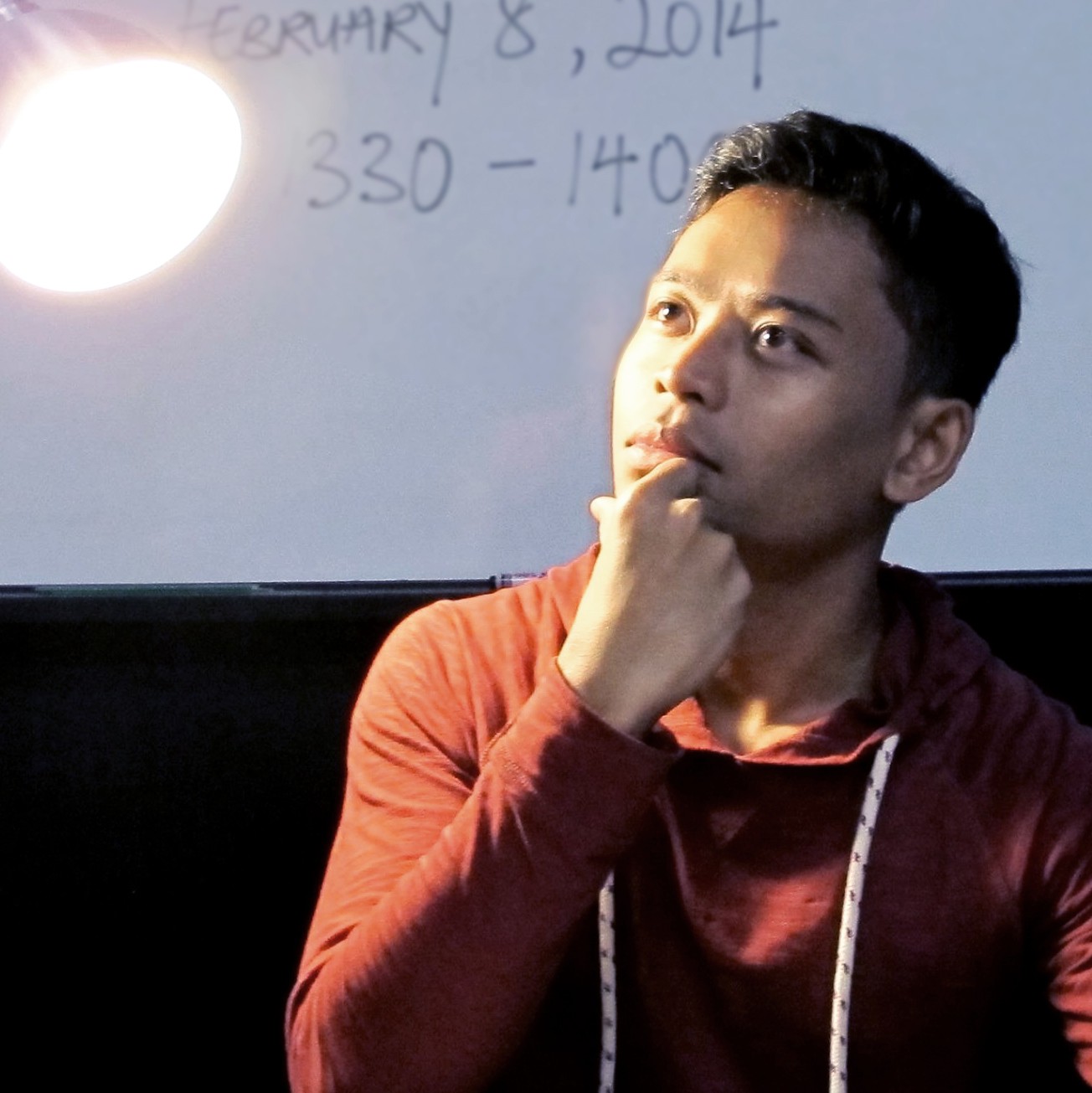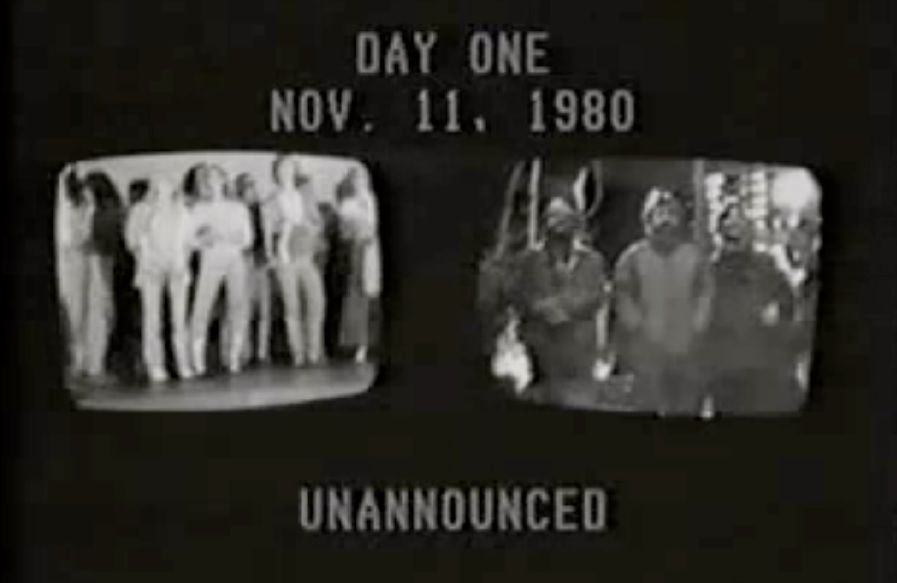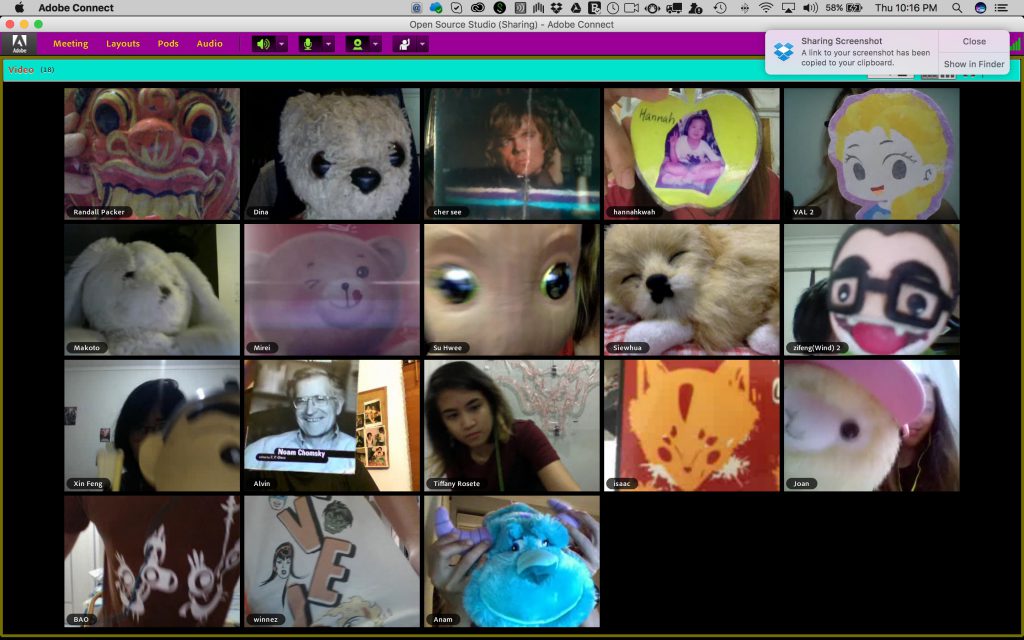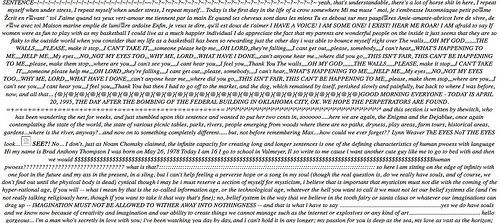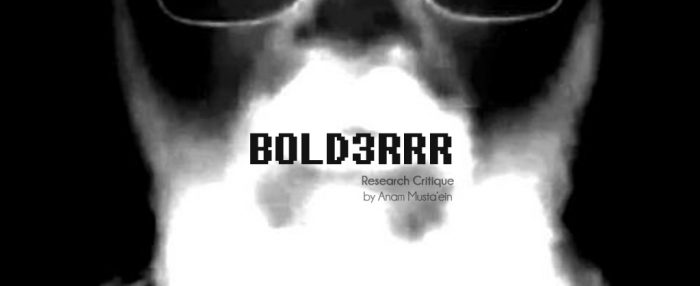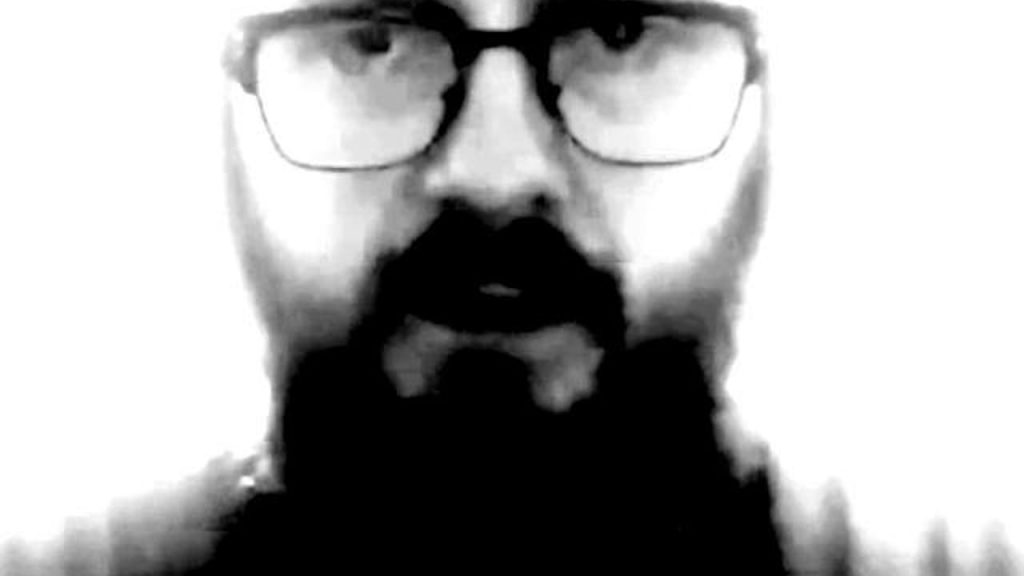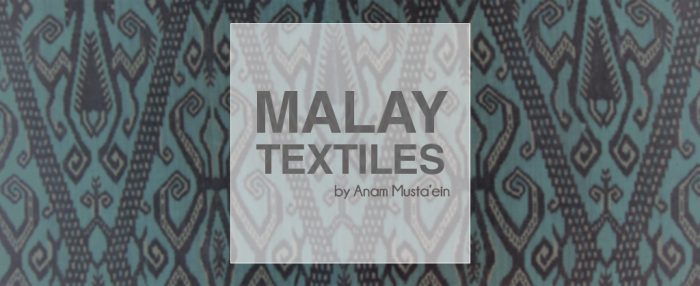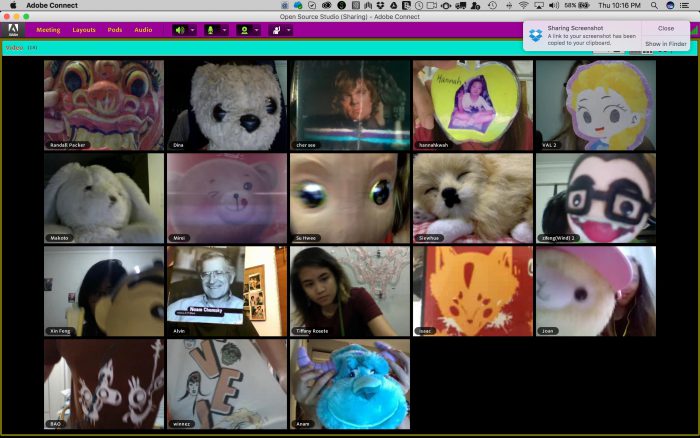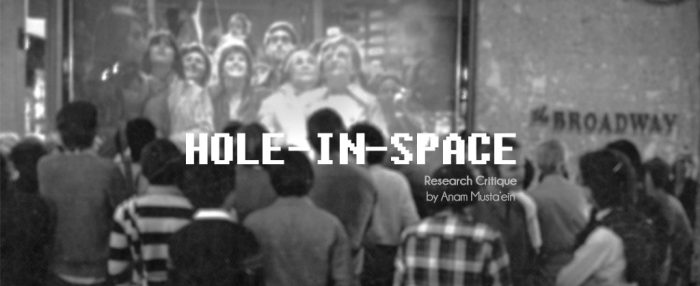It is amazing how fast our world is evolving every single day with the emergence of new technology and innovations in telecommunication. Physical and social activities that we once thought could only be carried out in the real world are slowly shifting into the virtual, and perhaps, transcending its possibilities. Internet Art & Culture has brought me to new levels of realization and understanding with what I could do with the virtual space as an artist, and as an individual. Telecommunication is no longer simply a platform to converge distance between people but also a tool used for the experimentation and expression of one’s self. The very concept of Social Broadcasting encourages both participation and collaboration. And with the convenience of access to the internet anywhere you are in the world today, every single one of us is included.
One of my favourite topics discussed so far in class is Collective Narrative. Storytelling is one of the most primitive forms of art and expression. Storytelling is a form of communication, granting us the ability to relate to one another. Storytelling is used almost everywhere – in film, music, theater, literature… and the list goes on! With Collective Narrative, storytelling can be done by merging similar or differing ideas from two or more parties into one collaborative episode.
Hole-in-Space (1980)
I got really inspired from the Collective Narrative work, Hole-in-Space (1980), done by media artists Kit Galloway and Sherrie Rabinowitz. Hole-in-Space is a public communication sculpture, that went on for a total of three nights, consisted of two huge screens , a two-way satellite hookup, and two cameras that were set up in the streets of two cities in the United States – one in Los Angeles, and the other in New York. The idea of using telecommunication to bridge the physical distance between people from different cities, and bring them together to interact in one cohesive space in real-time was genius. With no prior information released to the public, they got passers-by to participate enthusiastically in an exchange of words and visuals to form their own collective narrative.
The “Collective Body” Project
Prior to this topic, we were tasked to participate in the Collective Body project to prepare ourselves for the class. Over the course of six days, we were tasked to post one photo of six of the body parts (head frontal, both profiles, both hands, upper body) each day in any sequence we choose to on the image-hosting website, Flickr. At the end of the assignment, the posts will result in a collective ‘randomized’ grid-by-grid archive of our photos. This assignment has allowed us to share a single narrative generated everyone. I enjoyed the idea of not knowing what to expect after I submitted my post online from the rest of my classmates. The anticipation led to an incredible end-product, where all our individual narratives intertwine to create a colossal body of work – uncoordinated yet very cohesive!
Adobe Connect Web-conferencing
The class we had that was held in the third space, Adobe Connect Web-conferencing, was definitely one of my favourite lessons in the past weeks. The notion of a virtual classroom with everyone being in each others’ remote spaces and coming together in Adobe Connect (the third space) to have our class was a whole new experience for me. Unlike regular class where the sharing opinions about different subject matters might seem a little pressurizing and uncomfortable for some, the online class obliged us to communicate differently as we took turns to hear from one another. And as a result, it became an effective way to get everyone to participate in the lesson. Everyone was able to stay engaged and conducive despite being in the comfort of our own homes/physical spaces.
Cross-Stream Broadcasting by Mirei & Anam
The Cross-Stream Broadcasting assignment that my project partner, Mirei, and I worked on is a culmination of what we have learned so far, and especially of all the topics and works that I have discussed in my hyperessay. We decided to play a game of “Simon Says” for our live broadcast on Facebook where Mirei, who was streaming via laptop with her Desktop Mise-en-Scene set up while I was on mobile, gave me instructions on what to do on camera while pictures were shown within her desktop space. There was an element of storytelling when the two videos were played together where our narratives converged to create a collective work. We were both interacting with one another, with the people around us, and with the props we came across along the span of our live video. The most interesting part of our videos for me was when Mirei asked me to guess the animal (a sloth) shown on her screen and at that very moment, my friend who was featured in my live video coincidentally emulated the likes of the sloth.
The syllabus has given me a holistic view of what social broadcasting really is, garnering endless possibility and creativity in our daily use of the internet. I feel that at the rate we are going, telecommunication is the future of the existing mediums we have to create art and performance.
Link to Cross-Stream Broadcast: https://thirdspacenetwork.com/cross-stream-mirie-anam/
